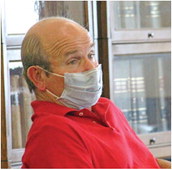Making good


County, engineer look at options after mistake costs funding for Camp 8 Dam
A grant application mistake by an engineering firm hired by Taylor Co...


County, engineer look at options after mistake costs funding for Camp 8 Dam
A grant application mistake by an engineering firm hired by Taylor Co...